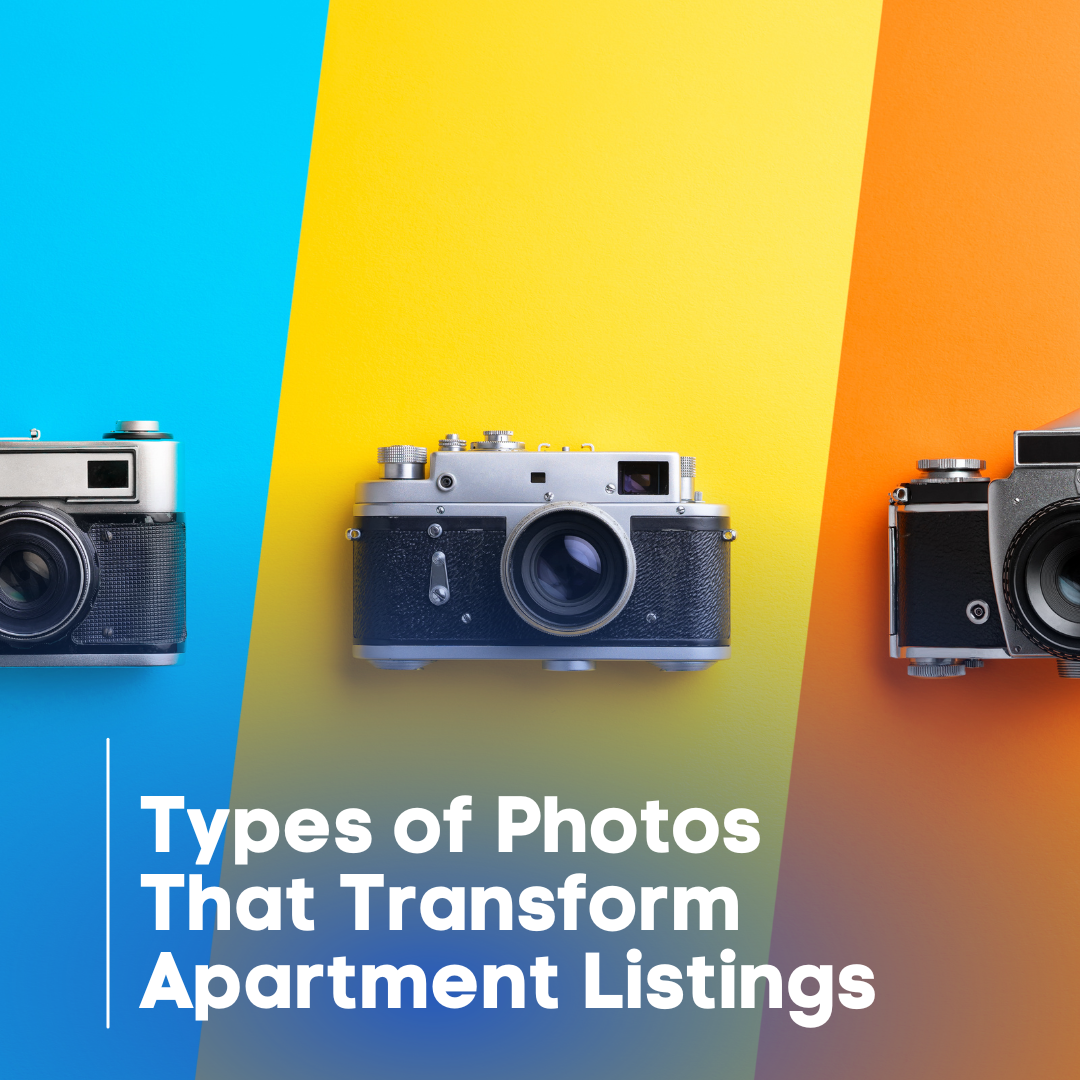
Stop wondering how you can transform your apartment listings and learn more about how it’s all in the types of photos that you use! The right images will greatly improve your listing and the type of success that you see. Especially during an apartment slow season, awesome photos can ensure that your listings are still getting viewed and making waves with your future tenants. Discover how to improve your apartment photography and don’t let your apartment photos hold you back from getting more leases.
Reflecting on what I’ve learned in the field of apartment photography, I’ve come to realize the importance of storytelling through images. One aspect that stands out to me is the power of a photo to narrate the unique story of an apartment, beyond just its physical attributes. This approach not only showcases the space but also the potential lifestyle it offers. For instance, a photo capturing a cozy reading nook with morning light streaming in can evoke a sense of tranquility, appealing to those who cherish quiet mornings.
There are so many different photos that you can use and different techniques that combine to take the best photo! Your lighting, editing, and photo set-up can all have an impact on how the image turns out. You also need to consider how the image will look displayed online and ensure the sizing, dimensions, and quality are right. As a visual and technological society, residents are going to be finding you through your pictures. Why not take the best ones you can? Even if you’re not the designated apartment photographer, you must know common pitfalls and what makes up the best photos possible!
What types of photos have the biggest impact on attracting renters?
As the online world continues to be involved, the right content for your property is more important than ever. 83% of renters rate photos as the top deciding factor in their apartment search. Now, your future renters crave transparency and want to know that they can get a good idea of the property, simply by looking at the photos online. Not having enough photos or having photos that poorly represent your community, can lead your future residents to quickly turn down your property. The truth is, photos are not created equal! You may have photos of your property that are not essential and do not make your property stand out from your competitors. Be sure to check off the following when making your list of photos to include on your property listing.
- Exterior Facade
- Living Spaces
- Bedrooms
- Kitchen
- Bathrooms
- Special Features
- Storage Spaces
- Natural Light
- Outdoor Spaces
- Details and Finishes
- Utility Spaces
- Overall Flow
This list of areas within your property should give you a good idea of the spaces that need to be photographed for your property to truly shine. While you’re busy checking off your list of apartment photos and working on getting the shot, keep in mind that many elements make up great apartment photography. The types of photos that will transform your listing, combine strategy, lighting, staging, and much more.
One piece of advice I often give is to focus on the emotional impact of your photos. Having navigated through various photography styles, I’ve learned that images evoking emotions are more likely to connect with potential renters. For example, a well-lit, vibrant play area can appeal to families, while a sophisticated, neatly organized home office space might attract young professionals.
What kind of lighting should I use for photos?
Lighting is everything when it comes to showcasing your apartments! Luckily for us, our greatest asset as a photographer is free–the sun of course! Use natural lighting to best accentuate a space. The best photos always have an element of natural lighting that goes a long way to make a huge difference. Open all the windows, and let that sun stream in.
This means you have to be very conscious of the time of day you take a photo–the morning light will give you a nice backdrop to highlight the texture and shape of your furniture. Evening light (an hour and a half before sunset), on the other hand, will give you great directional light. If you want to create a more vintage look, use more yellow lighting. This lighting will create a mod look, which best pairs well with antique furniture or a vintage look.
When determining which lighting strategy to use, consider the following:
Natural Light:
- Advantages: Natural light, especially during the golden hours (shortly after sunrise or before sunset), provides soft, warm illumination that is often flattering. It can create a natural and authentic look in your photos.
- Considerations: Weather conditions and time of day can affect the availability and quality of natural light. Harsh midday sunlight can create strong shadows and highlights, which may not be ideal for all types of photography.
Artificial Light:
- Advantages: Artificial light sources, such as studio lights, flashes, and continuous lighting, offer greater control over the intensity, direction, and color temperature of the light. This control can be beneficial for creating specific moods and highlighting details.
- Considerations: Artificial lighting setups may require more equipment and technical expertise. It’s important to be mindful of color temperature to ensure accurate and consistent color reproduction.
Combination of Natural and Artificial Light:
- Advantages: Combining natural and artificial light allows you to benefit from the best of both worlds. For example, you can use natural light as your main source and supplement it with artificial fill light to reduce shadows.
- Considerations: Balancing different light sources requires careful consideration of color temperature and light intensity. It may take some experimentation to achieve the desired effect.
Tips for choosing the right lighting:
- Consider the type of photography you’re doing (portrait, landscape, product, etc.) and the mood you want to convey.
- Experiment with different lighting setups and observe how they affect the subject.
- Understand the characteristics of the available light sources, whether natural or artificial.
- Pay attention to the direction of light and how it interacts with your subject.
You can also use different types of lighting to create a specific brand or mood look. For some properties, photos at sunset may illuminate great property views or amenities. Consider how you can use lighting to your best advantage and use those photos to grow your apartment website conversions.
One common misconception I’ve encountered is the undervaluing of seasonal photography. I used to think that standard photos suffice year-round, but now I understand the impact of seasonal changes. Capturing your property during different seasons can significantly enhance its appeal. A lush, green outdoor space in summer or a cozy living room with a fireplace in winter can resonate with potential renters’ desires for a home that adapts to seasonal changes.
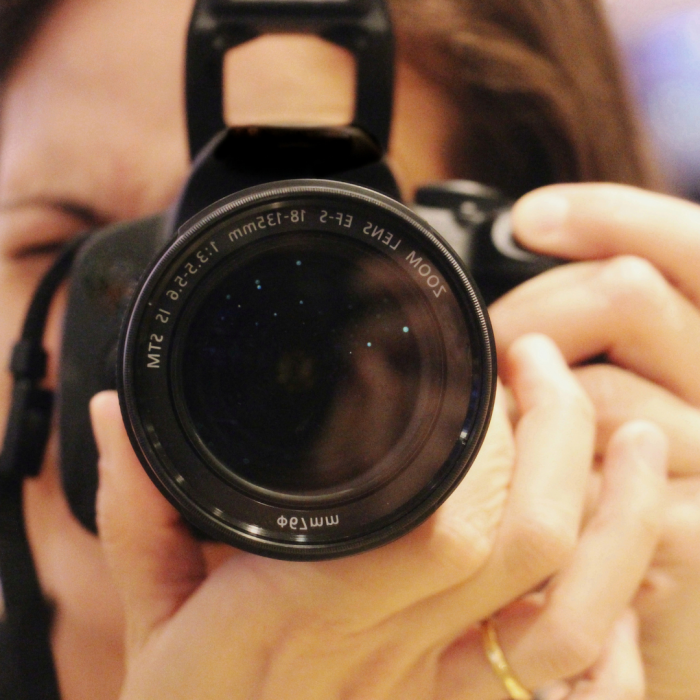
Should I stage the apartment before taking photos? If so, how?
Never underestimate the power of good staging. Staged apartments are much more likely to rent than empty ones, and for a good reason: staging helps residents envision themselves in that space. Put a few nice and simple furniture pieces in the room, and make sure to pay attention to little details (is the television off, can you see yourself in any of the reflections, did you make sure to vacuum before the photo was taken?).
This is a great opportunity to look toward your resident personas for ideas with staging. If you know your strongest demographic will be university students, why not stage the second room with a twin bed, so they can see how it’ll look in space? The key to staging is to get the prospective residents to see themselves in the space. Make that as easy for them as possible!
Along with staging is relevancy–make sure the photos relate to the residents. While a few photos of the gorgeous lobby or plentiful amenities are nice, be sure to also include plenty of interior shots. Residents care most about the space they will be spending the most time in–their apartment. Take one or two photos of the pool, but be sure to include gorgeous interior shots!
Speaking of angles, highlight your apartment’s best features! If you’re taking a shot of the bedroom, be sure to include the master bathroom in the background! In your kitchen shot, why not include a picture of the breathtaking view? Your photos don’t have to accent just one feature. Include many, and take enough photos for the resident to get a good idea of the space!
Contrary to popular belief, I’ve found that sometimes less is more in apartment photography. One strategy that has consistently paid off is the use of minimalistic staging. This approach highlights the space itself rather than the decor, allowing potential renters to imagine their belongings in the space.
Tips & Tricks For Photographing Specific Apartment Rooms
Many property managers find themselves feeling defeated as they look at the best ways to show off the rooms in their floor plans. Photographing a room can be challenging as it often requires a special perspective and editing to capture all of the angles. There are many tips and tricks that you can follow to make the room appear bigger and more appealing!
- How can I make a small living room look bigger in photos?
To make a small living room appear larger in photos, focus on creating a sense of openness and maximizing natural light. You need to declutter the space, removing unnecessary items to emphasize simplicity. pt for sleek, smaller furniture to prevent overcrowding, and arrange it to create clear pathways and an open flow.
You can utilize mirrors to reflect light and add depth, and consider incorporating multi-functional furniture to maximize space efficiency. When taking photos, shoot from the corners to capture more of the room in a single frame, and use a wide-angle lens if possible to create a broader perspective. These techniques will help create the illusion of a more spacious and inviting living room in your photos.
- How can I show off the balcony or patio in a visually appealing way?
To showcase a balcony or patio in a visually appealing way, focus on creating an inviting and well-designed outdoor space. Start by cleaning and decluttering the area, removing any unnecessary items. Next, you will want to arrange comfortable and stylish outdoor furniture to demonstrate the potential for relaxation and entertainment. If the space offers a view, highlight it in your photos to emphasize the outdoor connection.
Consider capturing the balcony or patio during the golden hours for warm and flattering lighting. Showcase any unique features, such as a cozy reading nook or a dining area. Be sure to include a mix of wide-angle shots to convey the overall layout and close-ups to highlight specific details. This approach will help potential viewers envision the balcony or patio as a desirable extension of their living space.
- What should I avoid photographing in the bathroom?
When photographing a bathroom, be sure to avoid capturing personal items, such as toothbrushes, toiletries, or personal hygiene products. These items can make the space feel less inviting and may infringe on the viewer’s sense of privacy. Additionally, avoid highlighting any signs of wear or lack of maintenance, such as stained grout or damaged fixtures. You want to present a clean, well-organized bathroom by removing any visible clutter and ensuring the space is tidy. Keep in mind reflective surfaces that could inadvertently capture the photographer or any unwanted reflections.
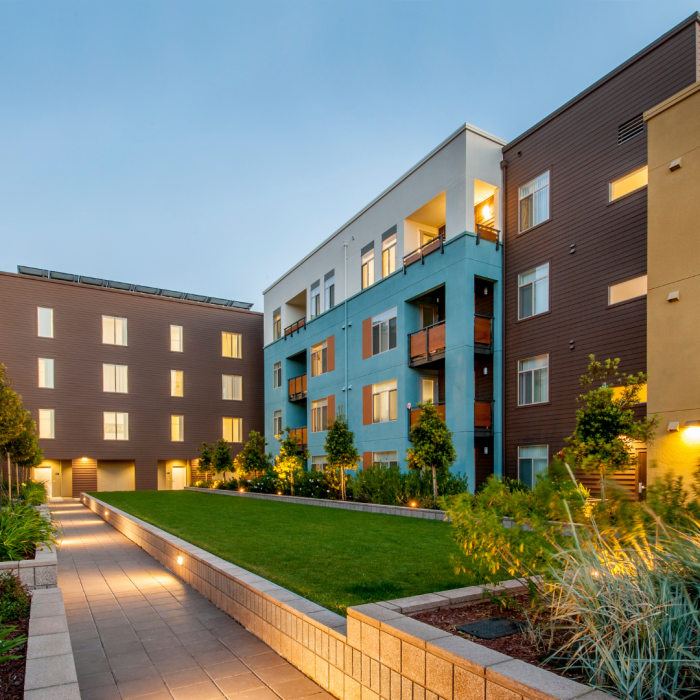
Apartment Photos Budget & Equipment
Apartment properties find themselves at many different stages with a variety of allotted budgets and staff. While some properties may be able to afford a high-quality apartment photographer, there may be others that need to update their photos on the fly with staff members. Studies show that listings with high-quality photos receive 47% higher asking price per square foot.
While there are a variety of different circumstances that can apply here, it’s essential to understand the process and risks involved in taking your photos. If your team is going to be the ones taking the photos, then study up on the type of equipment that you need. The right equipment will determine the quality of the photo and will be essential in improving your property photos altogether!
Do I need to hire a professional photographer, or can I take good photos myself?
It is always recommended to hire a professional photographer to take your apartment photos. While photo taking has continued to evolve and mobile devices have come a long way, there are still many benefits related to hiring a professional photographer. There may also be important things that you don’t think of when it comes to file type, website functionality, and more. When hiring a professional photographer, you can guarantee that the thought goes beyond just taking the photo. Professional apartment photographers are trained to get the right angles, provide great editing, and easy to use photos for all of your other apartment digital marketing needs.
What kind of camera and equipment do I need to take great apartment photos?
To capture great apartment photos, you don’t necessarily need an expensive professional camera, but having a camera with manual settings will increase your ability to customize your photos. A DSLR or mirrorless camera with a wide-angle lens (typically 16-35mm) is ideal for capturing more of the room in a single frame. In addition, tripods help maintain stability, especially in low-light conditions or for longer exposure shots. If you want to look further into technical equipment, consider remote shutter release which can reduce camera shake when taking photos.
When it comes to editing, post-processing software, such as Adobe Lightroom can be useful for enhancing colors and correcting minor imperfections. Ultimately, the key is to understand your equipment, focus on composition, and make the most of available light to showcase the apartment’s features effectively. If you find yourself getting overwhelmed and unsure of the equipment needed, definitely turn to a professional to take the photos!
How much should I budget for photography when listing my apartment?
The budget for apartment photography can vary based on factors such as location, the size of the property, and the photographer’s expertise. You can always start with setting your budget and then proceeding with the right pick! Generally, hiring a professional real estate photographer may cost anywhere from $100/hour to $500/hour or more per session. Some photographers offer package deals that include a set number of images and retouching services. You will want to be sure to take note of everything that’s included in your photography package. It’s crucial to balance your budget with the potential return on investment, as high-quality photos will impact your ability to attract tenants. Amazing photos will help take your property to new heights and ensure that your photos do not hold you back from property growth!
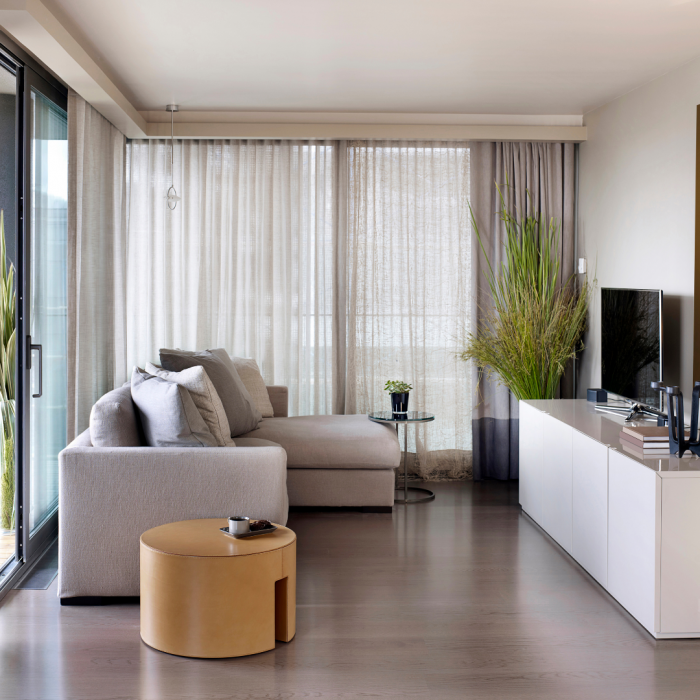
Apartment Photo Data and Analytics
Perhaps your property is experiencing a slow season and you’re looking at what might be causing a sudden drop in interested tenants! You should highly consider reviewing data behind the performance of your apartment photos to be sure that they’re helping your property and not hindering it. Great data will give you insight into photo improvements and possible adjustments that need to be made!
Statistics
- Conversion Rate: Professional photos can increase the conversion rate of listings by up to 32%.
- Speed of Renting: Apartments with high-quality photos rent 50% faster.
- Return on Investment: For every dollar spent on professional photography, there’s a potential return of $3 in rental income.
- Photo Updates: Regularly updated photos can increase listing engagement by 18%.
- Mobile Optimization: 80% of renters use mobile devices for apartment searches, emphasizing the need for mobile-optimized images.
How can I track the performance of my apartment listing photos to see what’s working and what’s not?
- Online Analytics:
Use analytics provided by the listing platform or apartment website where your property is listed. Many platforms offer insights into views, clicks, and engagement metrics.
- Compare Views and Inquiries:
Monitor the number of views your listing receives and compare it to the number of inquiries. A higher number of views with fewer inquiries may indicate that the photos are attracting attention but not necessarily serious interest.
- Feedback from Prospective Tenants:
Request feedback from individuals who inquire about the property. Ask them what attracted them to the listing and if the photos accurately represented the property.
- Time on Market:
Track the time your property spends on the market. If it’s taking longer than expected to secure tenants or buyers, reassess the effectiveness of your photos.
- A/B Testing:
Experiment with different main listing photos or image sequences and track the performance changes. A/B testing can help identify which visuals are more appealing to potential tenants. Listings with professional photos get 61% more views than others.
If you share your listing on social media, monitor the engagement metrics, such as likes, shares, and comments. Social media platforms often provide insights into audience engagement.
- Ask for Agent or Photographer Feedback:
If you worked with a real estate agent or photographer, ask for their insights. They may have valuable feedback on how to improve the visual appeal of your listing.
Track the conversion rate from inquiries to property showings or visits. If you receive numerous inquiries but struggle to convert them into visits, reconsider the accuracy and attractiveness of your photos.
What are the latest trends in apartment photography?
Apartment photography continues to evolve and before you embark on your next photo journey, take a look at the most recent trends! Staying modern with your content is important as you look to attract new renters.
- Virtual Tours and 360-Degree Photography
- Twilight Photography
- Drone Photography
- Natural and Neutral Tones
- Lifestyle Photography
- Minimalism and Decluttered Spaces
- Smart Home Features
- Detailed Close-Ups
- Professional Staging
- Natural Light Emphasis
- Artistic Angles and Composition
- Inclusion of Outdoor Spaces
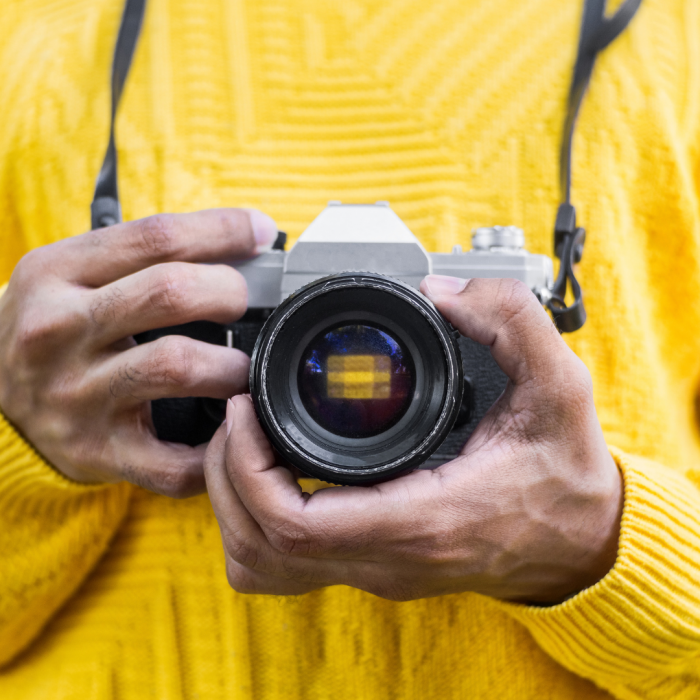
One trend I’m keeping an eye on is the integration of virtual reality in apartment listings. Virtual tours and interactive 3D models are becoming increasingly popular, offering an immersive experience that photos alone cannot provide. This technology not only showcases the apartment in detail but also saves time for both property managers and potential renters.
Apartment Photos Bring More Renters!
Listings with more than 20 photos get 15% more views and 11% more leads. At the end of the day, it is evident that your apartment photos play a huge role in the success that you have as a community. We live in an online first world that is going to use your property images as a way to dictate whether they move to the next step of the leasing process. Neglecting your property photos or not following the right techniques can result in negative growth.
Don’t wait to improve your apartment photos and online listings. Hire a professional apartment photographer now to help take it to the next step! Click here for more information on our professional photography and 3D virtual tours service. We believe in quality photos because they make a difference! Let your apartment photos shine this year and transform your apartment listing.
Categorised in: Apartment Marketing
This post was written by Isabella Housel
Isabella Housel is a passionate and versatile professional writer with a deep love for words and a commitment to crafting compelling content that engages, informs, and inspires. With many years of experience in the industry, she has honed her skills across various genres, from creative storytelling to informative articles and technical documentation.

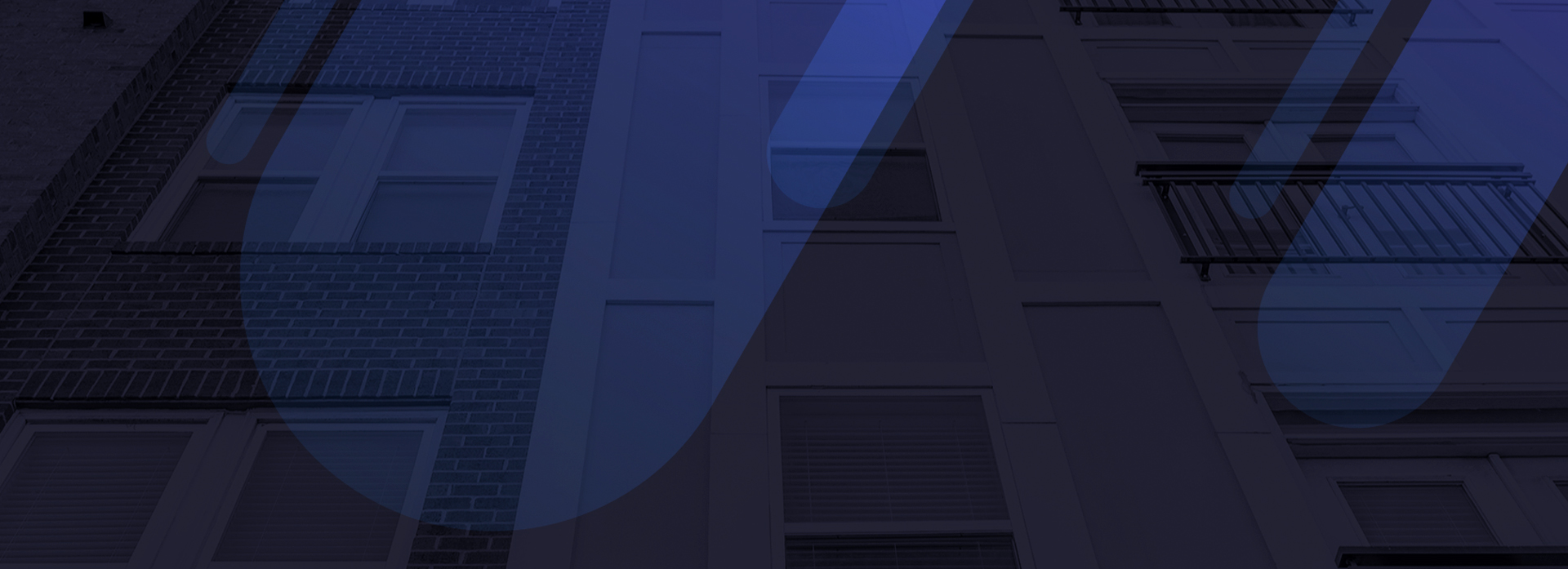

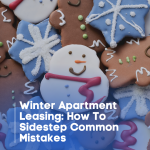


1 Comment